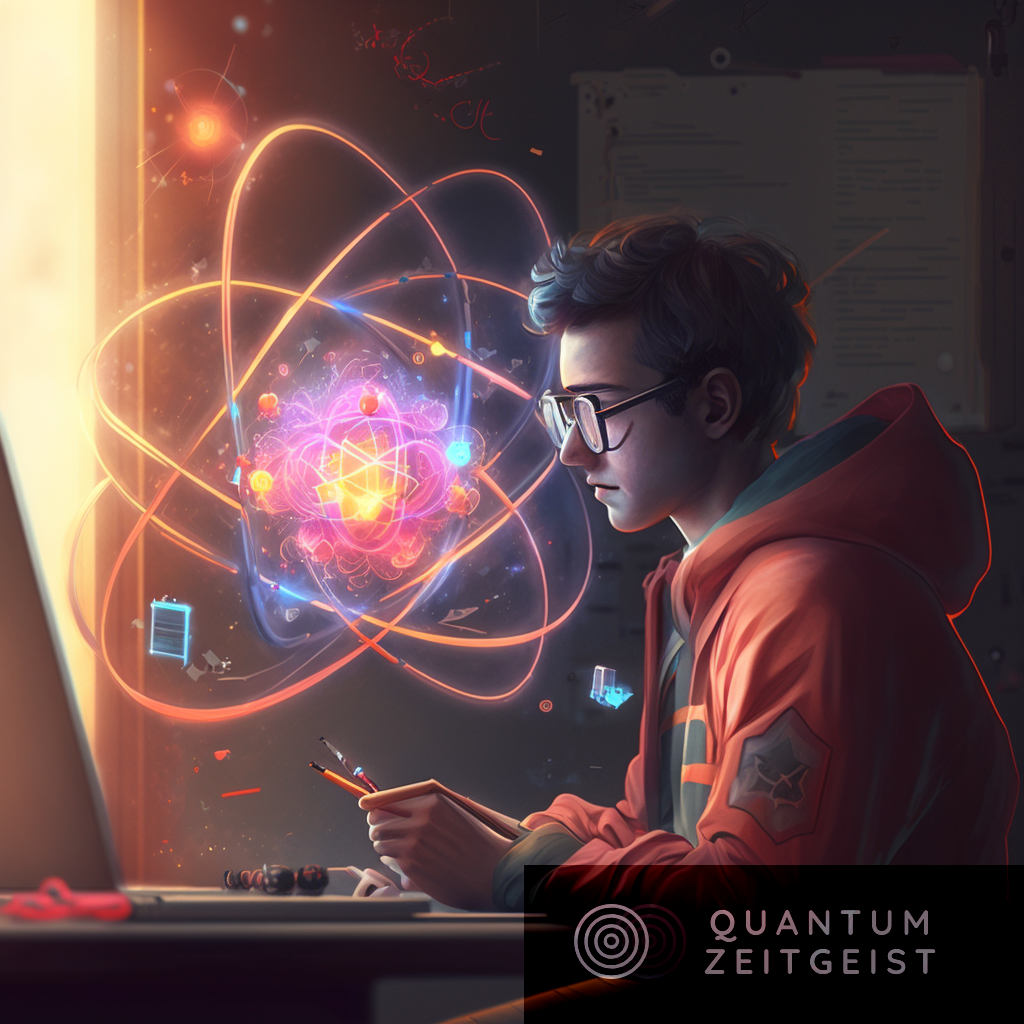QuEra Computing, the creator of Aquila, the company’s 256 qubits quantum processor programmable with arrays of neutral Rubidium atoms, announced that its research team had discovered a method to perform a broader set of optimization calculations than was previously known possible using neutral-atom machines. QuEra Computing, founded in Boston in 2018, manufactures powerful quantum computers based on neutral atoms, pushing the industry’s frontiers.
The paper entitled Quantum optimization with arbitrary connectivity using Rydberg atom arrays was published last February 14, 2023, in Physical Review X. Authored by QuEra researchers and partners from Harvard and Innsbruck Universities: Minh-Thi Nguyen, Jin-Guo Liu, Jonathan Wurtz, Mikhail D. Lukin, Sheng-Tao Wang, and Hannes Pichler.
Optimal protein design is now possible because of the discovery of the encoding approach. As a result, machines like Aquila can assist researchers in more efficiently identifying the best samples to proceed with trials. This decreases the resources needed to advance new types of medications through the development process and increases the likelihood of approval. As a result, pharmaceutical companies may realize higher revenue and lower costs.
“There is no question that today’s news helps QuEra deliver value to more partners, sooner. It helps bring us closer to our objectives, and marks an important milestone for the industry as well. This opens the door to working with more corporate partners who may have needs in logistics, from transport and retail to robotics and other high-tech sectors, and we are very excited about cultivating those opportunities.”
Alex Keesling, CEO at QuEra Computing.
Programmable quantum systems, such as those provided by QuEra, provide unique opportunities to evaluate the performance of various quantum optimization algorithms. However, there may be limitations to this, which are frequently imposed by specific hardware constraints. In particular, the inherent connection of the qubits for a given platform frequently limits the class of problems that can be addressed. For example, whereas Rydberg atom arrays naturally allow for the solution of maximal independent set (MIS) issues, native encodings are limited to so-called unit-disk graphs.
The innovation gives a blueprint for employing Rydberg atom arrays to tackle many combinatorial optimization problems using today’s quantum computers.
Utilization of Rydberg Atom Arrays
In the paper, the researchers demonstrated an encoding approach for mapping arbitrary connection computation issues to maximum weighted independent set problems on unit-disk graphs, which feature a hardware-efficient implementation of quantum optimization on neutral, trapped atoms interacting via Rydberg states.
Furthermore, the research demonstrated that the mapping follows a straightforward, uncomplicated approach that yields a unit disk graph embedded on a square lattice with favorable restrictions on the required unit disk radius, allowing for practical implementation with Rydberg atom arrays.
The researchers provided three specific instances of issue mapping: the MWIS problem on general graphs with arbitrary connectivity, the QUBO problem, and the integer factorization challenge. They demonstrated in all examples how developing a crossing lattice, in conjunction with a few encoding gadgets, enables a straightforward, consistent approach to mapping a wide range of computation problems into UDGMWIS.
Furthermore, the paper’s findings indicate that the adiabatic time scale for solving the mapped problems is significantly connected with the original problems concerning numerical simulations on small system sizes. Outside the constraints imposed by the hardware architecture, the research presents a blueprint for using Rydberg atom arrays to address a wide range of combined optimization problems with arbitrary connectivity.
Read more about it here.

